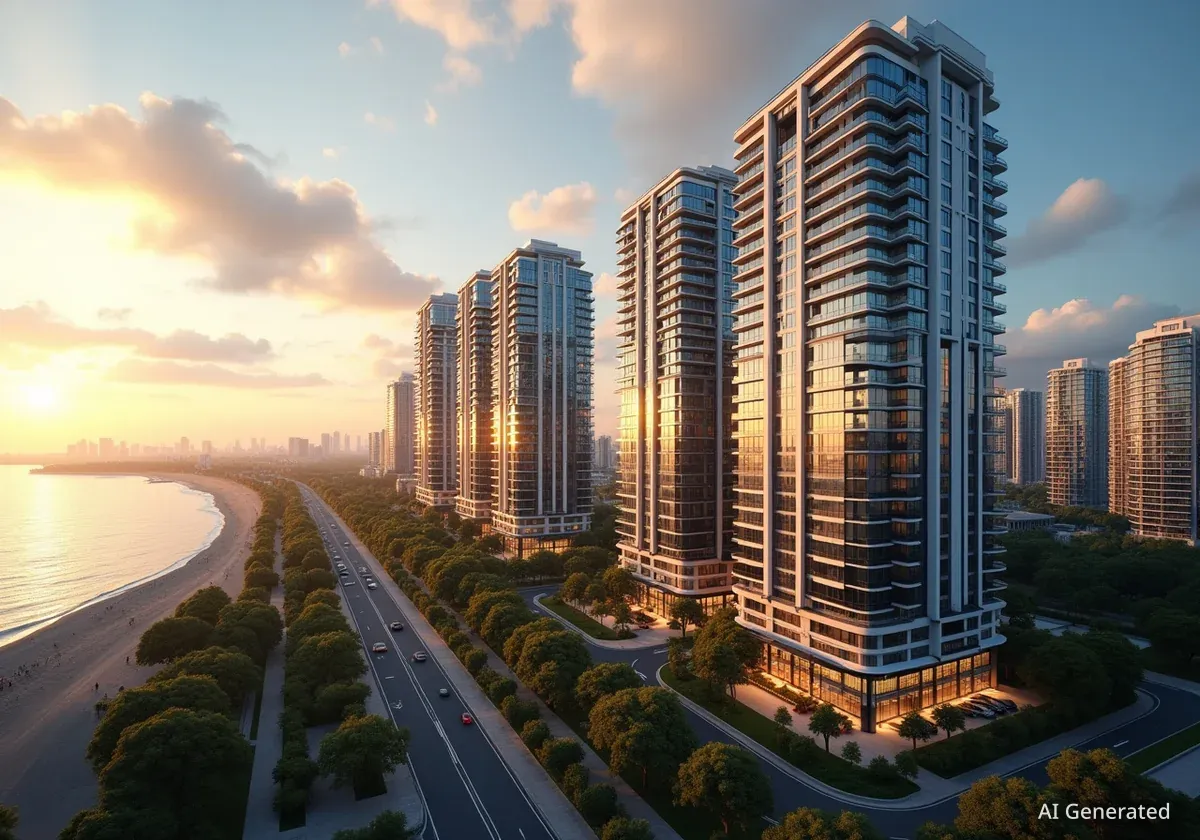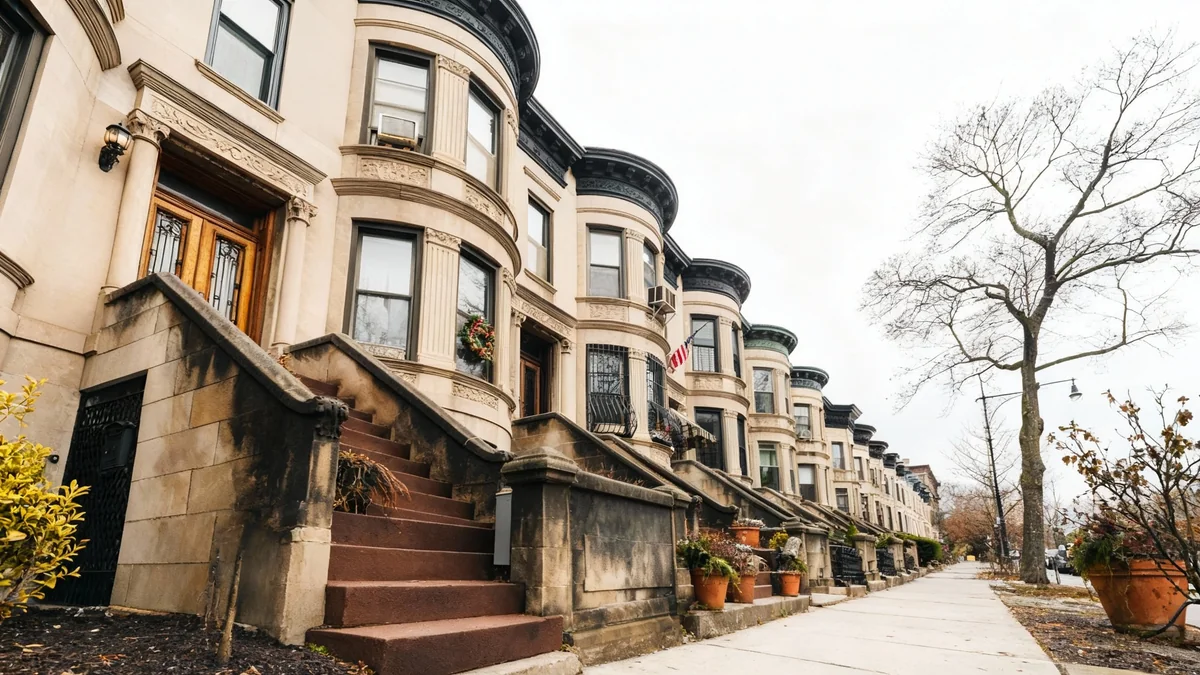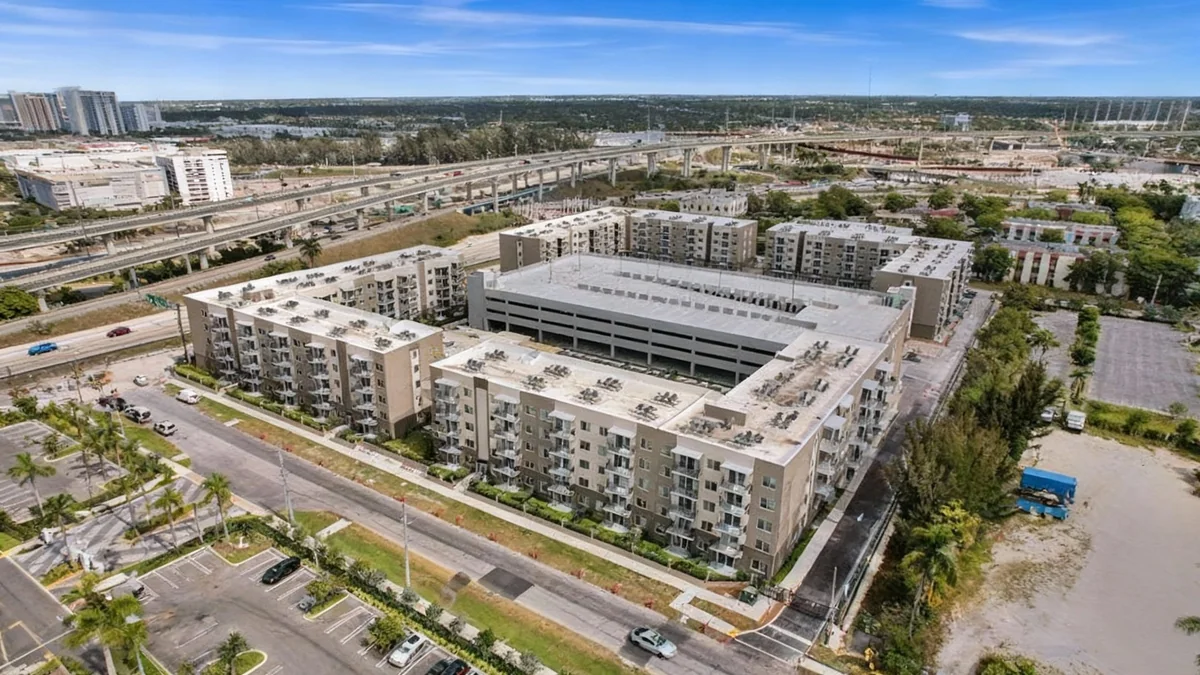A new report from global financial services company UBS has identified Miami as the city with the highest risk of a real estate bubble worldwide. However, local market experts and academics are pushing back, arguing that the report's analysis overlooks key factors unique to the South Florida market, such as the high volume of cash buyers and the influence of international wealth.
The debate highlights a fundamental disagreement on how to interpret Miami's rapid price growth. While UBS points to traditional metrics suggesting an overheated market, local analysts see a resilient system supported by strong, non-traditional economic drivers that make it less susceptible to a crash.
Key Takeaways
- UBS's 2025 Global Real Estate Bubble Index ranked Miami as the number one city at risk for a housing bubble, citing inflated prices relative to local incomes and rents.
- Local experts argue the UBS analysis is flawed because it fails to account for international wealth and unreported income, which significantly impacts purchasing power in Miami.
- Miami leads the U.S. in all-cash home sales, with 43% of transactions being cash deals, a factor that experts say provides stability and reduces the risk of a leverage-driven collapse.
- Data shows the Miami market is cooling, with homes staying on the market longer and inventory increasing, which some analysts describe as a healthy normalization rather than a sign of an impending crash.
UBS Sounds the Alarm on Miami Real Estate
In its annual Global Real Estate Bubble Index for 2025, UBS placed Miami at the top of its list of 25 major international cities, assigning it a bubble risk score of 1.73. This score places the city firmly in the high-risk category, surpassing other global hubs like Tokyo and Zurich.
The report's conclusion is based on an analysis of several standard economic indicators designed to detect when property values become disconnected from the underlying local economy.
How UBS Measures Bubble Risk
The index evaluates markets based on key ratios, including:
- Price-to-Income: Compares average property prices to the average salaries of local residents.
- Price-to-Rent: Measures the cost of buying a home against the cost of renting a similar property.
- Economic Imbalances: Tracks changes in mortgage and construction volumes relative to the overall economy (GDP).
According to UBS, Miami has experienced the most substantial inflation-adjusted home price growth over the last 15 years among the cities studied. The report specifically highlighted that Miami's price-to-rent ratio has now exceeded its previous peak in 2006, a period that preceded a major market correction.
Local Experts Challenge the 'Bubble' Label
Despite the stark warning from UBS, many real estate analysts and academics familiar with the Miami market disagree with the assessment. They contend that the standard metrics used in the report do not capture the unique financial landscape of South Florida.
The Income Data Discrepancy
One of the primary objections comes from Eli Beracha, head of the residential real estate program at Florida International University (FIU). Beracha argues that the report's reliance on local income data is misleading for a global city like Miami.
"In Miami, we know that a lot of the income that is earned here, probably more than other cities, is not necessarily reported," Beracha explained. "So a lot of people are really making more money than it is reported."
He further noted that a significant portion of buyers in Miami bring wealth generated outside the region. "If somebody's bringing wealth from, let's say, Brazil, or any other country or another city, they're not necessarily earning the money here... but they're bringing it here," he said. This inflow of external capital means the local price-to-income ratio does not accurately reflect the true purchasing power in the market.
Ana Bozovic, founder of real estate analytics firm Analytics Miami, was more direct in her criticism, calling the UBS report "clickbait" and accusing the bank of spreading "sensationalist misinformation" by ignoring crucial on-the-ground fundamentals.
The Power of Cash Buyers in Miami
Perhaps the most significant factor that local experts believe the UBS report overlooks is the prevalence of all-cash transactions in Miami. This trend fundamentally changes the market's risk profile compared to cities more reliant on mortgage financing.
Miami's Cash Market by the Numbers
In the first half of 2025, Miami led the nation in all-cash home sales.
- 43% of all residential sales in Miami were all-cash transactions.
- For luxury properties priced over $1 million, that figure rose to over 53%.
Cash buyers are not directly affected by rising interest rates and are typically less financially leveraged. This creates a more stable market that is less prone to the type of foreclosure crisis seen in past housing downturns.
As Beracha stated, "You do not see crashes in housing when people buy in cash. You see crashes when there is overleveraging, where people borrow too much and then all of a sudden they cannot afford to pay the debt." The high percentage of cash deals provides a strong buffer against widespread financial distress among homeowners.
A Cooling Market, Not a Crashing One
While experts dispute the "bubble" narrative, they agree that the Miami market has shifted away from the frenetic pace seen during the pandemic. Data suggests a market that is cooling and returning to a more balanced state, rather than one on the verge of collapse.
Jake Krimmel, a senior economist at Realtor.com, described the current trend as the "air slowly coming out of the balloon," not a bubble bursting. This gradual slowdown is evident in several key statistics.
Signs of Market Normalization
Recent market data shows a clear trend toward stabilization:
- Longer Time on Market: In September, the typical Miami home took 89 days to sell, which is 16 days longer than the same period in the previous year.
- Increased Inventory: The number of homes for sale has increased by 16.3% compared to September 2024, giving buyers more options.
- Patient Sellers: An increasing number of sellers are taking their listings off the market rather than selling at a lower price. This indicates a lack of urgency and financial distress, which Krimmel says provides a "backstop for further price declines."
Local analysts see this slowdown as a natural and healthy response to higher interest rates, allowing the market to find a more sustainable equilibrium after a period of rapid growth.
Bozovic also pointed to an apparent contradiction within the UBS report itself. While it labels Miami as having the highest risk for a "large price correction," its authors also state that "a sharp correction appears unlikely at this stage." This has led critics to question the severity of the bank's warning. The consensus among local experts is that while Miami's price growth is slowing, the market's unique fundamentals make a dramatic crash unlikely.





